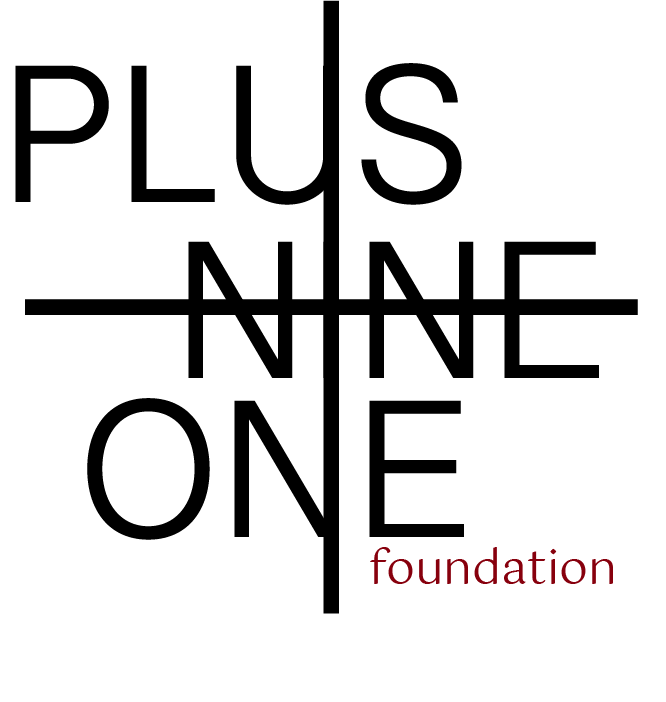Studio Ghibli
This week’s class was inspired by Studio Ghibli and it’s founder-creator Hayao Miyazaki.
We made self-portraits in Ghibli style. Simple lines, clean design, and introducing some shadow.
What Ghibli is to me
by Kishan Dev who led the Studio Ghibli class in the men’s prison:
“What took me by surprise was how original the film was. In contrast of all the western world, Miyazaki was not in a hurry. ”
It was around the year 2000 when I first heard the name Miyazaki. I was working in a 2D animation studio. We had a culture of showing rare animation to each other
a copy of a Ghibli frame by UT-79 in the women’s prison
What took me by surprise was how original the film was. In contrast of all the western world, Miyazaki was not in a hurry. The protagonist , a little girl sat on a small wooden bridge , and watching the water passing by under the drain. Water is so clear that you can see through. There is a glass bottle in drain. Some glass blades and few tiny fishes. Fishes go in and out of the bottle as water flows over it. The little girl just sits there enjoying the view. There is no rush.
That part of film making that is lost now. My interest in Miyazaki kept growing over the years. He was not a one film wonder, he kept coming back with new stories. Stories that took me back to my childhood. I kept trying to decode what makes him so great.
a frame from “Spirited Away” by Studio Ghibli
“So , the Ghibli is not a cartoon image, it’s a small town where stories grow organically. ”
I came to know he does his own storyboards. He sits inside a small room, storyboarding the scene as he is trying to process the story. His story is dynamic. He does not know the end when he starts creating. He is exploring on the page. His boards are in detail. There are sheets lying down on floor. Some of his own ideas, rejected drafts.
The men’s class focused on designing magical companions, based on their fears or dislikes. Demo sketch created by Kishan Dev.
He takes a break, may be cook noodles, stands in balcony , smokes a cigarette, and goes back in the room.
At the end of the day, he emerges and shows the boards to his team. He is still processing the story, he is still trying to crack it while everyday instances still influence him.





Storyboarding is not a drawing skill. Storyboard is writing a story visually. The Japanese animation industry understands that well.
At core Ghibli or Japan has this culture of creative freedom. By culture the process of storytelling is unfiltered. That’s what makes it so good. The director/writer is not responsible to anyone.
He/she is alone with the idea. It is a creative heaven. They figured a way to make film making a non-collaborative medium. It’s one man vision. A journey as unadulterated as possible.
So, the Ghibli is not a cartoon image, it’s a small town where stories grow organically. That’s why the world responds to these stories. There is no pressure on them to be “profitable” stories, political stories, ideological war fare stories or the moral stories. They are just stories. That’s what is Ghibli style.














